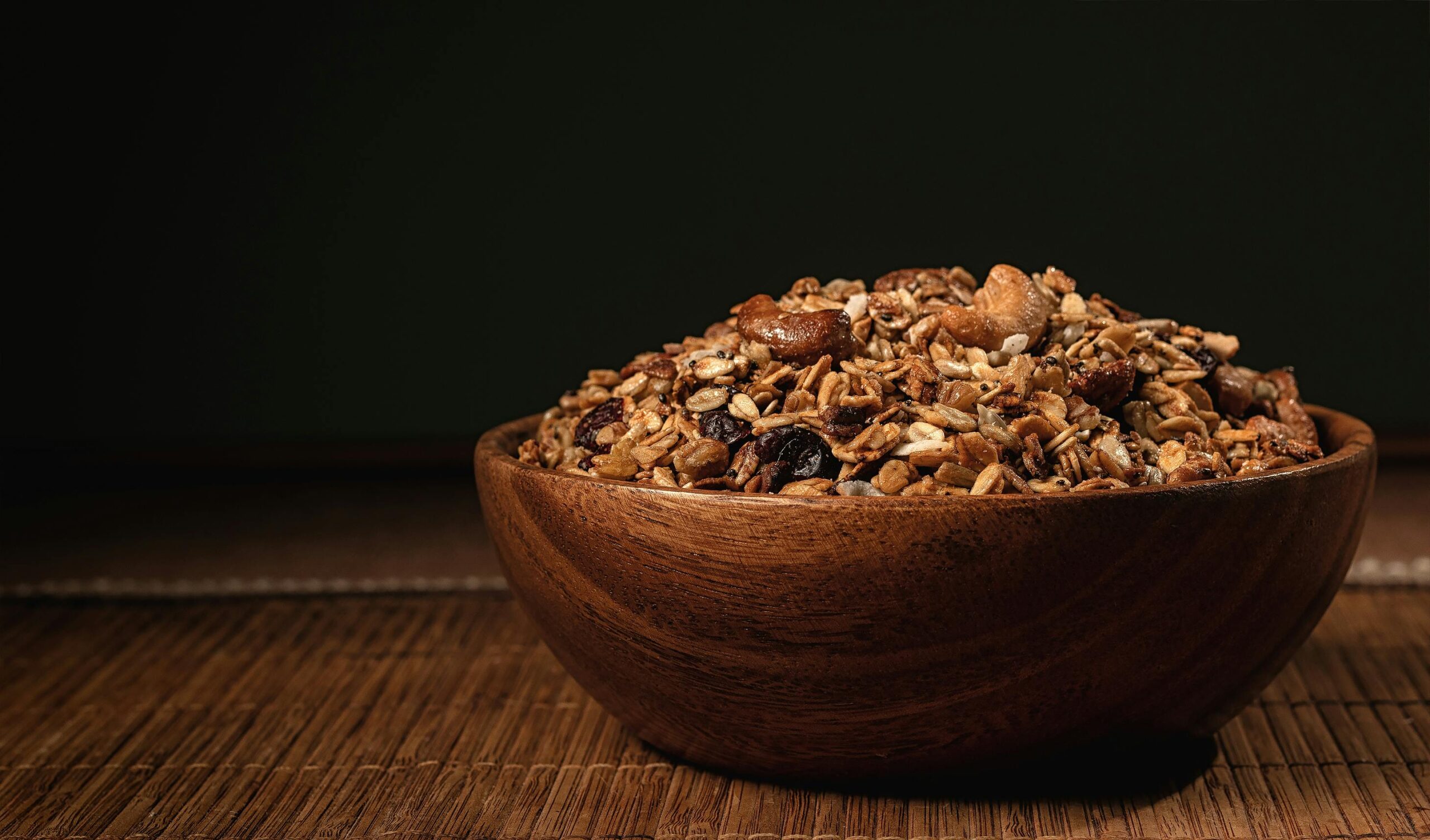‘Japanese Walking’ May Help You Get in Shape – Here’s How

If you’re looking for a simple, low-impact way to get in shape, “Japanese walking” might be the answer. This unique walking technique from Japan is gaining popularity for its surprising health benefits and meditative approach. Unlike traditional walking, Japanese walking emphasizes posture, breath control, and body awareness—making it a more mindful and effective form of exercise.
What Is Japanese Walking?
Japanese walking, often referred to as “Namba Aruki”, is an ancient style of walking where the movement of the arms and legs is different from how we normally walk. In this technique, you move your right arm with your right leg, and left arm with left leg—unlike the usual cross-body motion.
This technique is said to have originated among samurais and couriers who had to travel long distances with minimal fatigue. Modern Japanese walking is a refined, posture-focused exercise that blends traditional knowledge with fitness science.
Benefits of Japanese Walking
1. Improved Posture
Japanese walking focuses on keeping your back straight and shoulders relaxed. This helps correct poor posture and can relieve tension in your neck and lower back.
2. Strengthens Core Muscles
Because of the controlled body movement and posture, this walking style engages your core, hips, and thighs more than regular walking. It tones muscles and helps build core stability over time.
3. Enhances Mind-Body Connection
It’s not just about walking—it’s about how you walk. With conscious breath and movement, Japanese walking becomes a form of moving meditation, helping reduce stress and improve focus.
4. Boosts Stamina and Endurance
Practicing this technique regularly can help you walk longer distances without tiring quickly. The synchronized arm-leg motion is designed to conserve energy and maintain rhythm.
5. Burns Calories Effectively
Like regular brisk walking, Japanese walking can help you burn fat and support weight loss goals. The difference is in its precision—every step is intentional and activates key muscle groups.
6. Reduces Joint Stress
This style involves smooth, gliding steps and upright posture, which minimizes stress on your knees and ankles, making it ideal for people with joint issues or beginners.
7. Promotes Better Breathing
Controlled breathing is a core part of Japanese walking. Deep, rhythmic breaths help improve lung capacity, enhance oxygen flow, and calm your nervous system.
How to Practice Japanese Walking
-
Stand Tall – Head up, shoulders down, spine straight.
-
Breathe Deeply – Inhale through your nose, exhale through your mouth.
-
Move Naturally – As you walk, move your right arm with your right leg, and left arm with your left leg.
-
Take Soft Steps – Let your feet roll smoothly from heel to toe.
-
Stay Relaxed – Avoid stiffness. Let your body flow.
Try It for 10 Minutes a Day
Start with short sessions. Even just 10–15 minutes of Japanese walking daily can make a noticeable difference in your mood, posture, and energy levels.
Final Thoughts
Japanese walking is more than just a physical activity—it’s a mindful, graceful approach to fitness that connects the body and mind. Whether you want to lose weight, improve posture, or simply find a stress-free way to stay active, this technique is worth exploring. Best of all, it’s free, easy to do, and suitable for all age groups.





